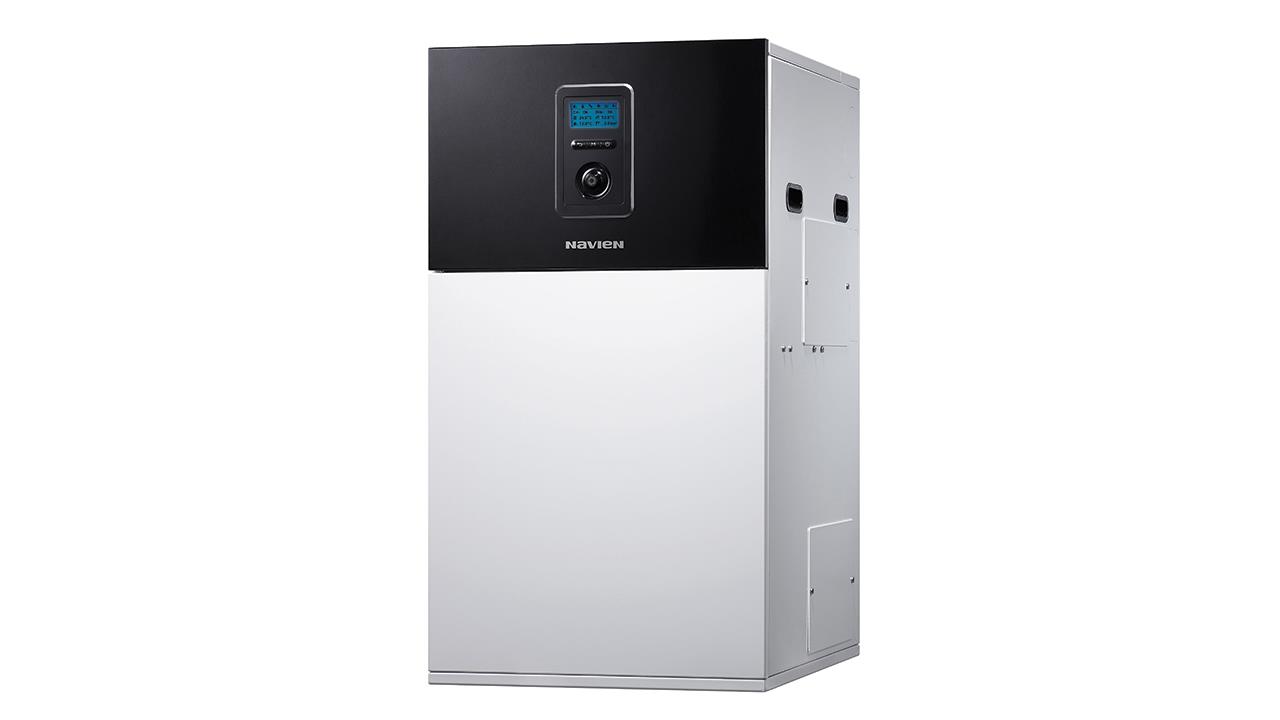

Decarbonising heat from off-grid homes has been highlighted by the UK government as a priority towards achieving net-zero carbon emissions, having noted that heating accounts for about 37% of the UK’s carbon emissions.
There are four million homes in the UK not connected to the gas network (thereby reliant upon off-grid heating) – and 1.5 million of them are fitted with oil boilers, with rural properties being the most reliant on oil for heating and domestic hot water.
Blue flame oil boilers should be the off-grid heating option of choice, given their many advantages over the alternatives available, including their small footprint and excellent heat-release-to-cost ratio.
The technology has been around for a number of years, although it has really come to the forefront since sustainability moved to the top of the heating agenda. Blue flame burners offer low NOx emissions, allowing oil installers to offer a future-proof form of heating.
The premise behind blue flame technology is simple; heating oil is converted into a high pressure, vaporised spray. This is then premixed with air, required for combustion, before being drawn in through the burner, producing a blue flame with much lower NOx emissions than traditional, yellow-flamed models. A longer, slotted blast tube inside the combustion chamber lets gases mix with the oxygen drawn in through the burner, resulting in a much cleaner flame.
Despite a difference in colour, a blue flame burner is identical to its yellow flame counterpart in terms of commissioning and servicing. However, that is where the similarities end, as yellow flame products are extremely inefficient and uneconomical.
Blue flame oil boilers can be sited either inside or outside a property, depending on the pipework, electrical points, and space available. When fitting an external unit, a hard stand or plinth is also required. Siting is aided further by the possibility to use chimney ducts to flue oil boilers, or to use long flues to do so; up to 21m.
Of course, controls also have a role to play when considering an oil heating system – particularly in the case of modern blue flame units. Boilers equipped with a smart display panel offer ease of commissioning and servicing, while allowing all essential information to be available at the touch of a button. An air pressure sensor (APS) will also help make the system safer by maintaining stable combustion. Furthermore, the latest high quality units are either supplied with smart technology straight out of the box, or can easily be upgraded with a smart controller.
As the heating industry looks towards 2050, encouraged by the UK government’s Clean Growth Strategy to achieve net-zero carbon emissions, the development of biofuels – renewable energy sources made from organic matter and waste materials – is moving apace.
Hydrotreated Vegetable Oil (HVO), for example, is a second-generation biofuel that uses hydrogen during its production. It could play a key part in helping home heating systems make the necessary transition during the coming years. It is important for oil boiler manufacturers to bear these new fuel options in mind, although the most adept will have already future-proofed their products to ensure they are compatible with them.
As we move towards a greener, more sustainable future, off-grid homes are likely to remain reliant upon energy efficient and economical oil heating systems. Astute installers should recommend the latest blue flame boilers as the futureproof products of choice. After all, not only do these units boast low levels of emissions along exceptional reliability, they provide end-users with substantial savings on their fuel bills.
Considering all these advantages, blue flame oil boilers are set to lead the way towards achieving net-zero, and remain the smart choice for many years to come.
If you'd like to keep up-to-date with the latest developments in the heating and plumbing industry, why not subscribe to our weekly newsletters? Just click the button below and you can ensure all the latest industry news and new product information lands in your inbox every week.